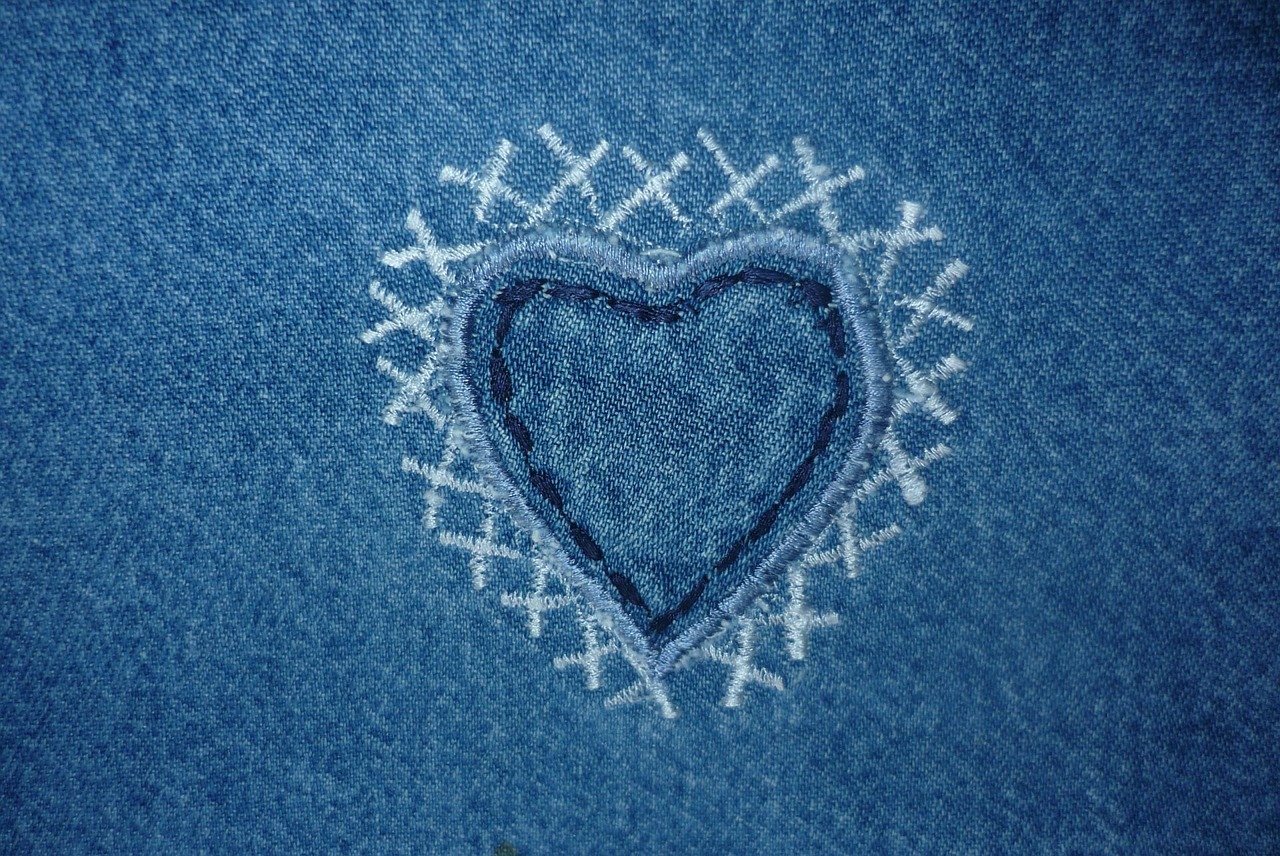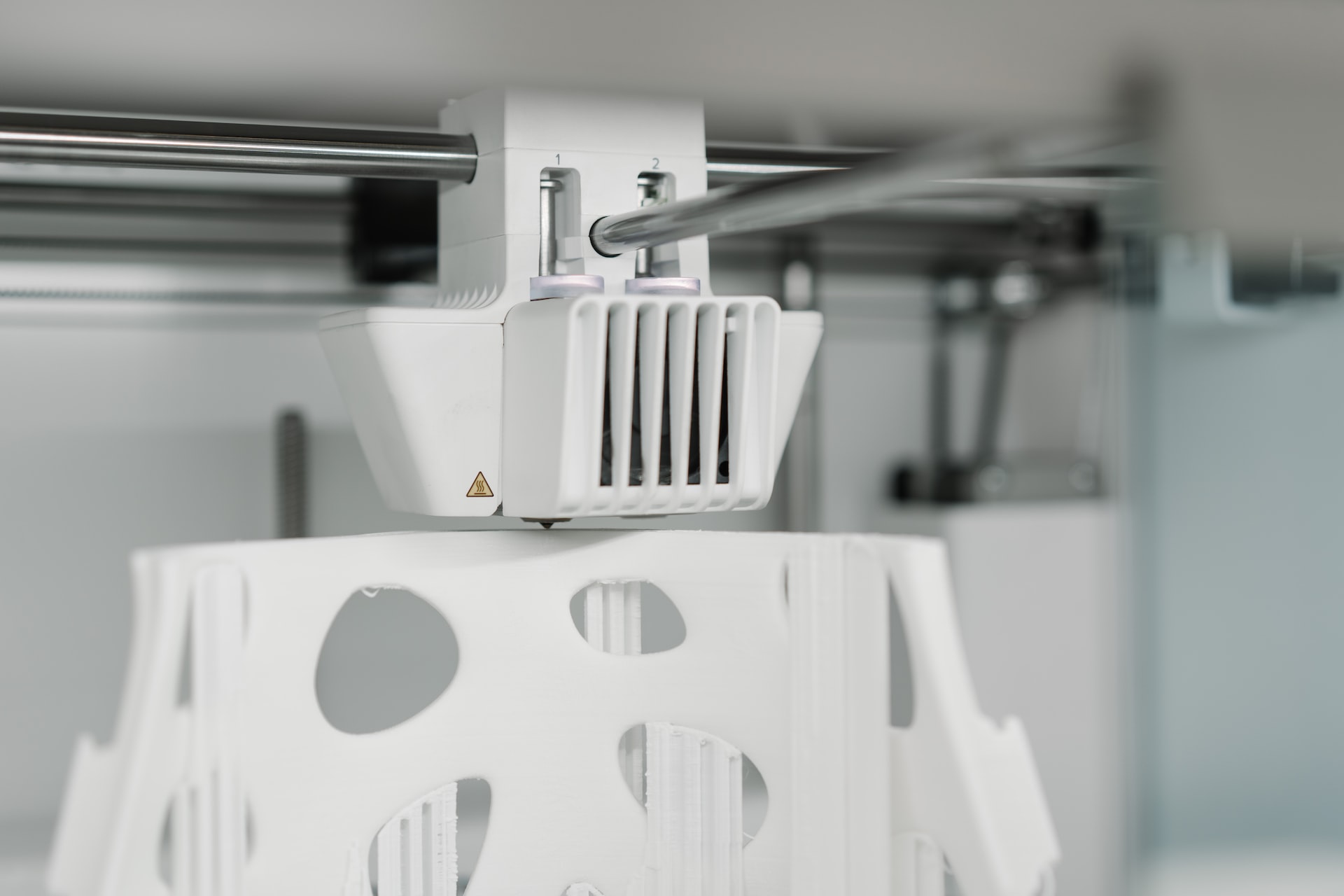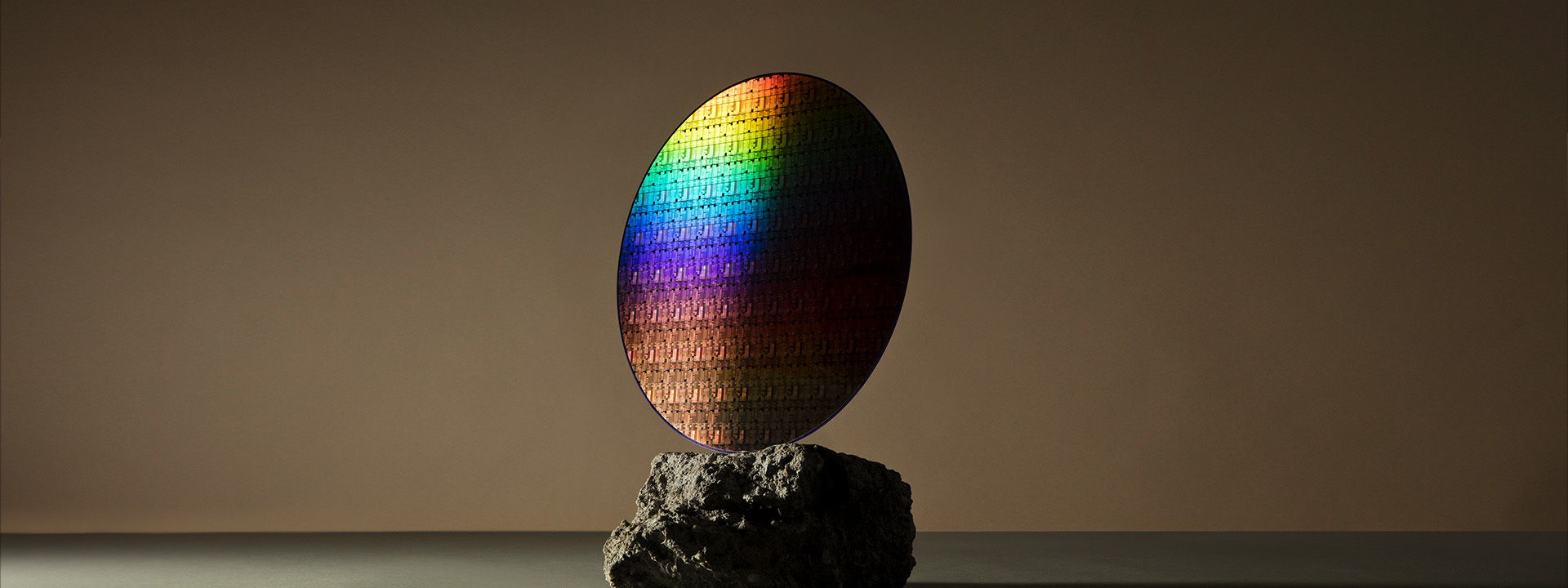Researchers at the University of Waterloo, in Belgium, have demonstrated a novel smart display that can show information through almost any cloth and fabric.
The prototype display features LED lights that can light up selectively to depict different objects, and although the resolution isn’t exactly staggering, the idea definitely unlocks several unprecedented use-case scenarios.
As the university team explains in one example, such a display could be incorporated into the back of a smartphone, and when it’s on the wearer’s pocket, it could display the time, or the weather, or show notifications about incoming messages and mail.
Another example given is a biker getting directions or notifications from the display that’s in their trouser pocket without having to put their attention at risk.
The prototypes are Bluetooth-enabled, so they can sync with other smart devices like smartphones, and receive the information that is to be shown.
The researchers have created various sizes to make the displays fit different utilization requirements, so putting these into good use would be a matter of imagination, creativity, and practicality.
The main limitations that these displays have are the following:
- Can’t pass much light through thick fabric
- Cold weather decreases the display’s luminosity
- The power consumption is 20 Watts, so a fairly large dedicated battery is required
- Privacy is a problem when displaying sensitive information
Apart from having a functional or informational role, these displays can also be used as decorative or styling elements placed under the clothes, potentially supporting a fashion revolution.
The researchers have validated that shining light through fabric is possible and also cheap. The next step will be to create RGBW LED matrix-based displays that will be embed-able and weavable into the fabric.
With more development and optimizations, these displays could become thinner, lighter, and almost unfelt by the wearer. If that is the case, they could be incorporated in into fashion-forward dresses and a new generation of “smart textiles”.







